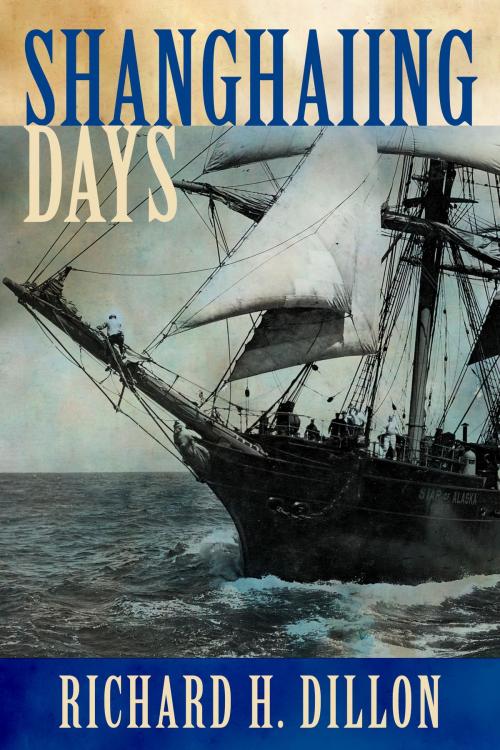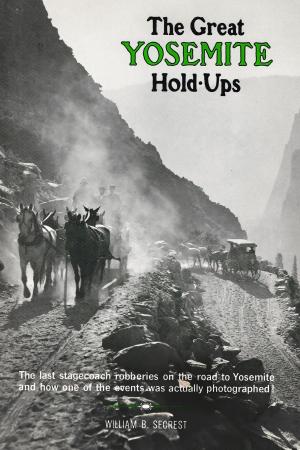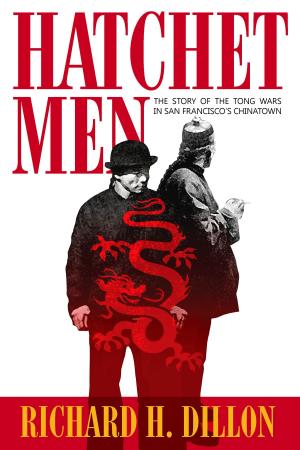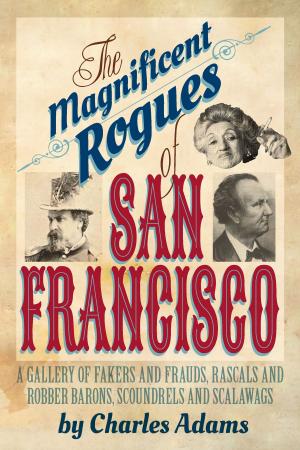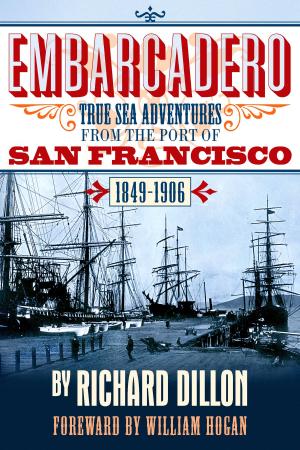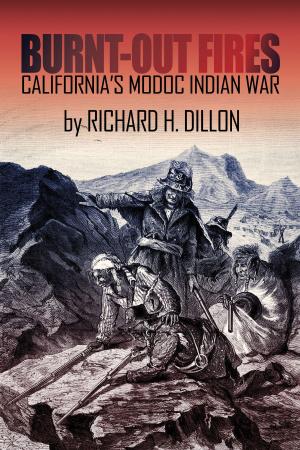Shanghaiing Days
The Thrilling account of 19th Century Hell-Ships, Bucko Mates and Masters, and Dangerous Ports-of-Call from San Francisco to Singapore
Nonfiction, History, Americas, United States, State & Local, 19th Century| Author: | Richard Dillon | ISBN: | 9781618090591 |
| Publisher: | The Write Thought | Publication: | May 29, 2012 |
| Imprint: | Language: | English |
| Author: | Richard Dillon |
| ISBN: | 9781618090591 |
| Publisher: | The Write Thought |
| Publication: | May 29, 2012 |
| Imprint: | |
| Language: | English |
In the last quarter of the nineteenth century, the American Merchant Marine went into a terrible and tragic decline, and sailors were forced to serve under conditions that were little better than serfdom.
Seamen were exploited in wholesale fashion, disfranchised of almost all their civil and human rights, and brutally punished for even minor offenses. Successful skippers had turned into slave drivers, cracking down on the sailors, sometimes even murdering their “hands.” Though captains were legally prohibited from flogging their crews, they did not hesitate to wield belaying pins, marlin spikes, or their bare fists.
The seamen’s lot became so horrible in this period that entire crews frequently jumped ship when a vessel came into port. One result of this was that new crews had to be kidnaped, crimped, or shanghaied from the unsuspecting populace of the ports.
These “impressed” or “hobo” crews were still further conspired against. They often had their wages stolen from them; they were poorly fed and clothed. Their lives became “hell afloat and purgatory ashore.”
In this way what had been our “first and finest employ” in colonial days was turned into a disreputable profession—one that was classed with criminals and prostitutes.
Richard H. Dillon, author of Embarcadero, gives us a frightful picture of the seamen’s lot in this tragic era. He describes in detail daily life aboard those hell-ships which set records in the passage from Frisco to China, but on whose decks fresh blood of the crew was found every day of the voyage.
One of the most infamous of all these vessels was the Challenge whose skipper, Captain Robert H. (“Murderin’ Bob” or “Bully”) Waterman, was eventually put on trial in San Francisco for murder, theft, unjust assault, brutality, and thirteen other crimes against his crew. Dillon offers a complete picture of Waterman and reveals all the details of his famous trial and punishment.
He also provides a series of portraits of other captains who rivaled “Bully” in their brutality and sadism, and describes how they in their turn were brought to justice.
Dillon writes of those who attempted to defend seamen when they were most forgotten by the public conscience. Such men as the Reverend Lyman Beecher of Boston; Samuel C. Damon, the seamen’s beloved chaplain at Honolulu; the Frisco street preacher, “Father” William Taylor, and—most outstanding of them all— Andrew Furuseth, the seamen’s “Emancipator.”
In this book Richard Dillon brilliantly recreates the action-packed drama of the American seaman’s escape from serfdom. Readers who enjoyed the author’s earlier chronicle of true seafaring adventures, Embarcadero, will like Dillon’s second book even more.
In the last quarter of the nineteenth century, the American Merchant Marine went into a terrible and tragic decline, and sailors were forced to serve under conditions that were little better than serfdom.
Seamen were exploited in wholesale fashion, disfranchised of almost all their civil and human rights, and brutally punished for even minor offenses. Successful skippers had turned into slave drivers, cracking down on the sailors, sometimes even murdering their “hands.” Though captains were legally prohibited from flogging their crews, they did not hesitate to wield belaying pins, marlin spikes, or their bare fists.
The seamen’s lot became so horrible in this period that entire crews frequently jumped ship when a vessel came into port. One result of this was that new crews had to be kidnaped, crimped, or shanghaied from the unsuspecting populace of the ports.
These “impressed” or “hobo” crews were still further conspired against. They often had their wages stolen from them; they were poorly fed and clothed. Their lives became “hell afloat and purgatory ashore.”
In this way what had been our “first and finest employ” in colonial days was turned into a disreputable profession—one that was classed with criminals and prostitutes.
Richard H. Dillon, author of Embarcadero, gives us a frightful picture of the seamen’s lot in this tragic era. He describes in detail daily life aboard those hell-ships which set records in the passage from Frisco to China, but on whose decks fresh blood of the crew was found every day of the voyage.
One of the most infamous of all these vessels was the Challenge whose skipper, Captain Robert H. (“Murderin’ Bob” or “Bully”) Waterman, was eventually put on trial in San Francisco for murder, theft, unjust assault, brutality, and thirteen other crimes against his crew. Dillon offers a complete picture of Waterman and reveals all the details of his famous trial and punishment.
He also provides a series of portraits of other captains who rivaled “Bully” in their brutality and sadism, and describes how they in their turn were brought to justice.
Dillon writes of those who attempted to defend seamen when they were most forgotten by the public conscience. Such men as the Reverend Lyman Beecher of Boston; Samuel C. Damon, the seamen’s beloved chaplain at Honolulu; the Frisco street preacher, “Father” William Taylor, and—most outstanding of them all— Andrew Furuseth, the seamen’s “Emancipator.”
In this book Richard Dillon brilliantly recreates the action-packed drama of the American seaman’s escape from serfdom. Readers who enjoyed the author’s earlier chronicle of true seafaring adventures, Embarcadero, will like Dillon’s second book even more.
